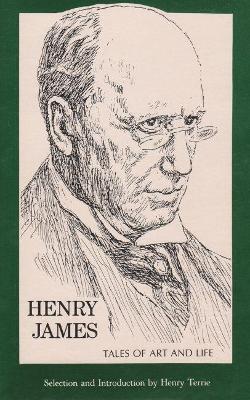Signature
1 total work
No American writer has surpassed Henry James in developing narrative as an avenue of perception. Together with such giants of European letters as Flaubert, Maupassant, and Turgenev, he helped transform modern literature by setting it upon a foundation of realism, but "reality" for James remained a plastic experience of the mind, not the state of an objective world. In this respect, he resembles Hawthorne, the immediate American forebear he most admired.
Although James's fame and influence rest mainly on his novels, his shorter pieces constitute a major artistic advance in the history of the short story and an integral part of his literary achievement. The eight stories in Tales of Art and Life have been carefully selected to show his evolution during the course of almost four decades and to reflect his most characteristic aspects. (The texts are those of the stories' first
appearance in book form.)
Readers who wish to observe the idiosyncratic marks of James's imagination will find the stories in the appendix an especially useful feature of this volume. Comparison of "The Last of the Valerii" and "Paste" with the conceits he borrowed from Maupassant and Merimee demonstrates the distinctive interests James pursued.
